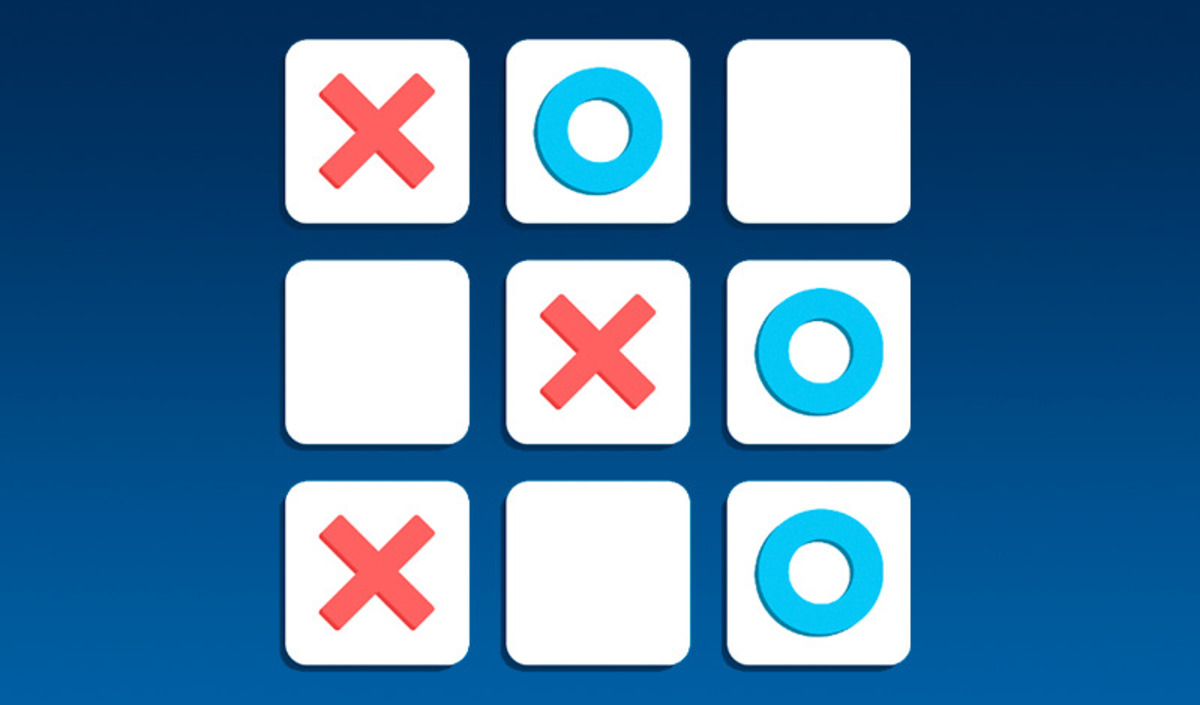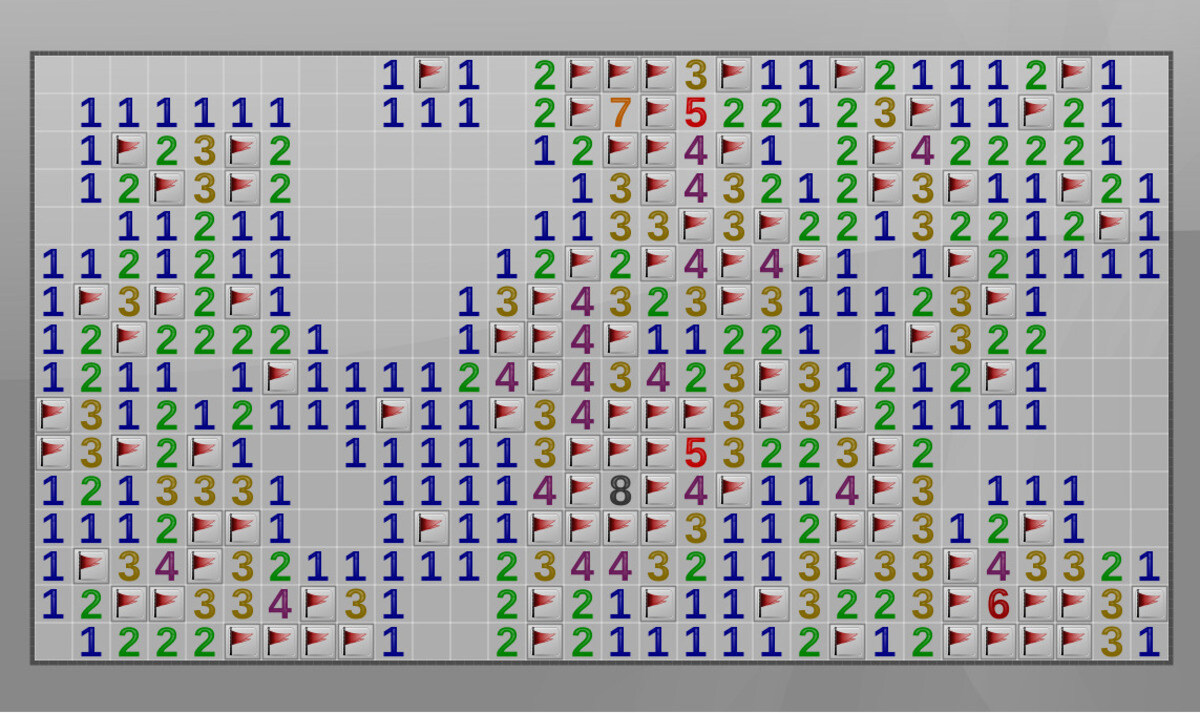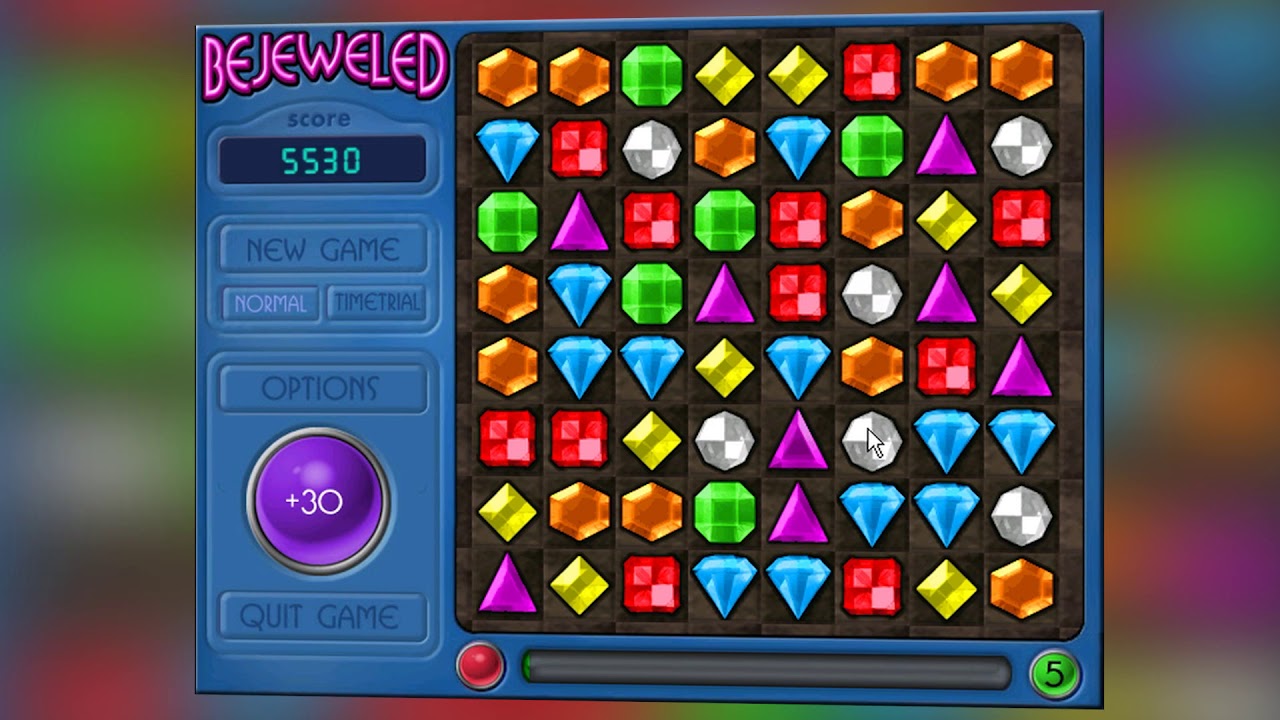A Fresh Take on a Classic Favorite
Many have attempted to breathe new life into the classic puzzle game Tetris, but Wrax Tetris takes a different approach. At first glance, some might think it’s just another clone. But once you’re in the game, you’ll quickly feel its new energy—a blend of modern strategy and old-school skill. For longtime Tetris fans seeking something new, this is a great addition to their collection.
Wrax Tetris feels like it has a personality of its own. From the interface and animations to the audio feedback, everything feels more alive and complete than your average block-dropping game. It’s not overly flashy, but just enough to keep the experience fresh. And the gameplay? Familiar, but with twists—like the intense survival mode—that make it unforgettable.
As you play, you’ll realize it’s not just another entry in the Tetris universe. It’s a new attempt to make each piece drop more engaging and enjoyable—a reminder of the power of simple but deep gameplay.
Simple but Strong Visual Appeal
Unlike many Tetris-inspired games that try too hard with graphics, Wrax Tetris keeps things clean and orderly. It uses clear colors, strong contrasts, and smooth animations to emphasize every move on screen.
The blocks have just enough texture to avoid looking flat, yet they never distract from gameplay. When pieces are aligned, it’s clear which lines are about to be completed. Even the background is designed not to intrude, while still offering visual depth.
One of the most satisfying visual touches is the subtle lighting effect during combos. It’s not loud or distracting, but as you keep playing, it starts to feel like a modern design detail that elevates the game beyond basic clones.
Sound That Sets the Tempo and Energy
No solid Tetris experience is complete without music, and Wrax Tetris delivers. The background music is dynamic—it changes with the pace of the game. As the levels rise, the beat intensifies, urging players to think and react faster.
Sound effects for placing blocks, clearing lines, or approaching a top-out are all designed to support mental focus. These aren’t just background noise—they’re tools. At the right pitch, they tell you when to adjust or prepare for a faster round.
At times, the sound itself cues you to reset your mindset. Especially at higher levels, the combination of audio feedback and rhythm becomes part of the gameplay loop. You don’t just think—you feel it.
Controls That Are Easy to Learn, Yet Deep
Wrax Tetris uses the classic control layout—left, right, rotate, and drop. But it also adds features like a hold function and instant hard drop, enabling faster play. At first, it might seem like other Tetris games. But over time, you’ll notice the depth in its responsiveness.
Precision matters here. One wrong rotate at high speed can cause a chain reaction of chaos. So you’ll be forced to sharpen your reflexes—especially if you want to survive the more advanced rounds.
There are also hidden combo systems. Stringing together multiple lines in quick succession earns bonus points or effects. It’s not forced, but for competitive players, these subtle details add another layer of skill.
Game Modes That Add Fresh Challenges
Beyond the classic endless mode, Wrax Tetris offers several game modes that spice up the experience. There’s a timed mode where you clear as many lines as possible within a limit. A challenge mode where preset block layouts must be solved. And a survival mode that starts fast and gets faster.
Each mode feels like a different flavor. If you want a relaxing session, go endless. If you want mental pressure, try the timed or challenge variants. This kind of variety keeps the game alive.
You’re not forced to try every mode, but their availability keeps you coming back. Some enjoy the structure of challenge mode; others want to beat their fastest clear record. There’s something for every mood.
Smart Difficulty Pacing
One of Wrax Tetris’ most impressive aspects is its pacing. It doesn’t get fast too quickly or feel overwhelming. Instead, it gradually trains you. Early levels give you time to test your strategy, learn block movement, and recognize patterns.
As you progress, speed, piece orientation, and block combinations begin to shift. Some “trick” blocks look simple but will catch you off guard if misused. This steady ramp-up in difficulty keeps the game interesting and rewarding.
For experienced players, the transition feels smooth. For newcomers, it’s not intimidating. This is the kind of game design that balances accessibility with mastery—a difficult feat in a genre that’s simple yet iconic.
Leaderboards and Personal Bests
High scores aren’t just for bragging rights. In Wrax Tetris, they’re motivating. There’s a built-in leaderboard system that shows your name, rank, and stats. It may not be global, but the sense of competition is there.
Each session highlights your personal best, combo streaks, and level reached. For some, this is a casual achievement. For others, it’s a new goal to beat in the next round. It’s a small feature, but one that adds purpose to every playthrough.
Even in casual sessions, you might find yourself staying longer just to beat your last score. You don’t need to be an expert to enjoy it—but if you’re competitive, this will keep you hooked.
Stress Relief with a Side of Challenge
Wrax Tetris isn’t just a mental workout—it’s also a stress reliever. Amid stress or fatigue, its block-by-block rhythm feels like puzzle meditation. Focusing on fitting pieces blocks out the noise around you.
Many players say Tetris-style games are relaxing because they bring structure to chaos. You can’t control what piece comes next, but you can control where it goes. The act of fitting everything together is therapeutic—especially when the movement is smooth and the feedback satisfying.
Yet even as it calms you, it’s never boring. As the speed ramps up, adrenaline joins the focus. It’s like mixing rest with exercise—a rare and rewarding combination.
A Simple Game That Can Steal Hours
You don’t need three hours to enjoy Wrax Tetris. Even five minutes is enough to start a round, clear a few lines, and earn a reward. But often, you won’t notice an hour has passed.
It’s the kind of game that’s hard to put down. Thanks to fast restarts, failure never feels frustrating. One tap and you’re back at the beginning—and every new chance invites a comeback.
Its simple loop—fall, rotate, fit, clear—is where the magic lies. Each falling piece asks a question: where should this go? Every answer builds momentum. More lines, faster speed, better flow—and just like that, time slips away.



